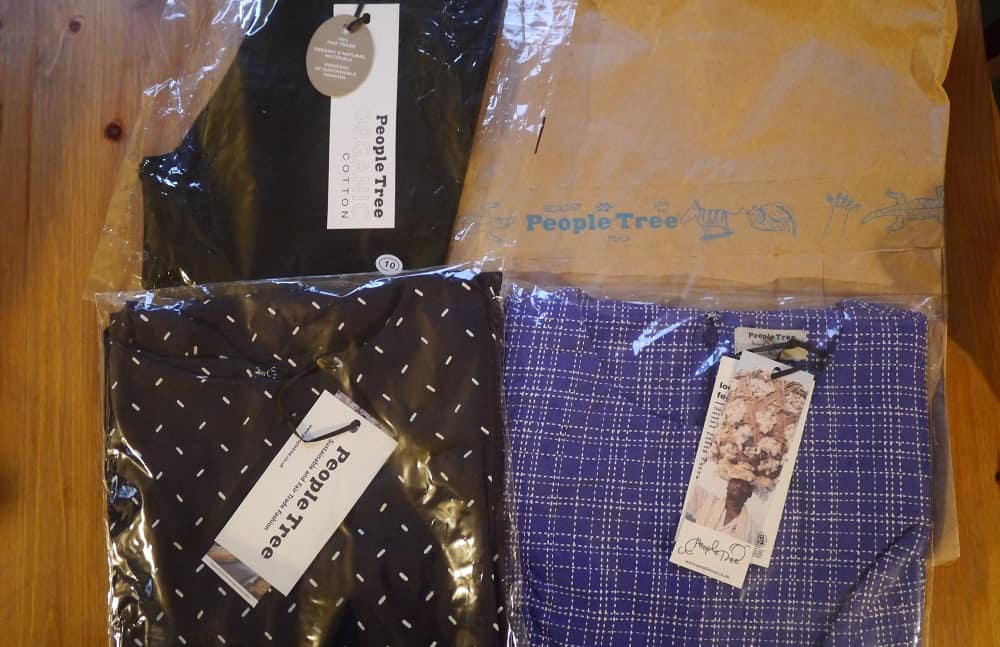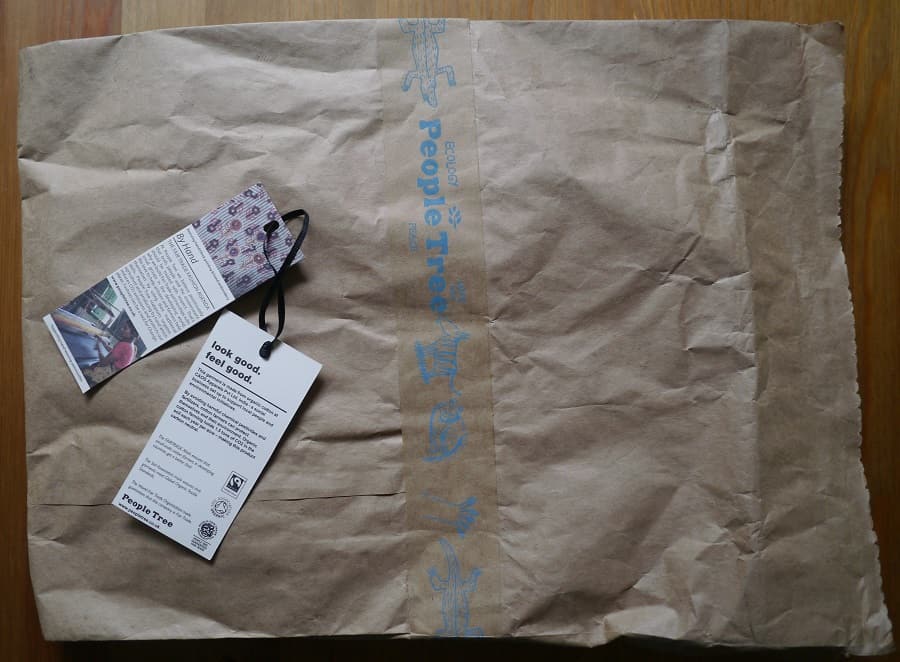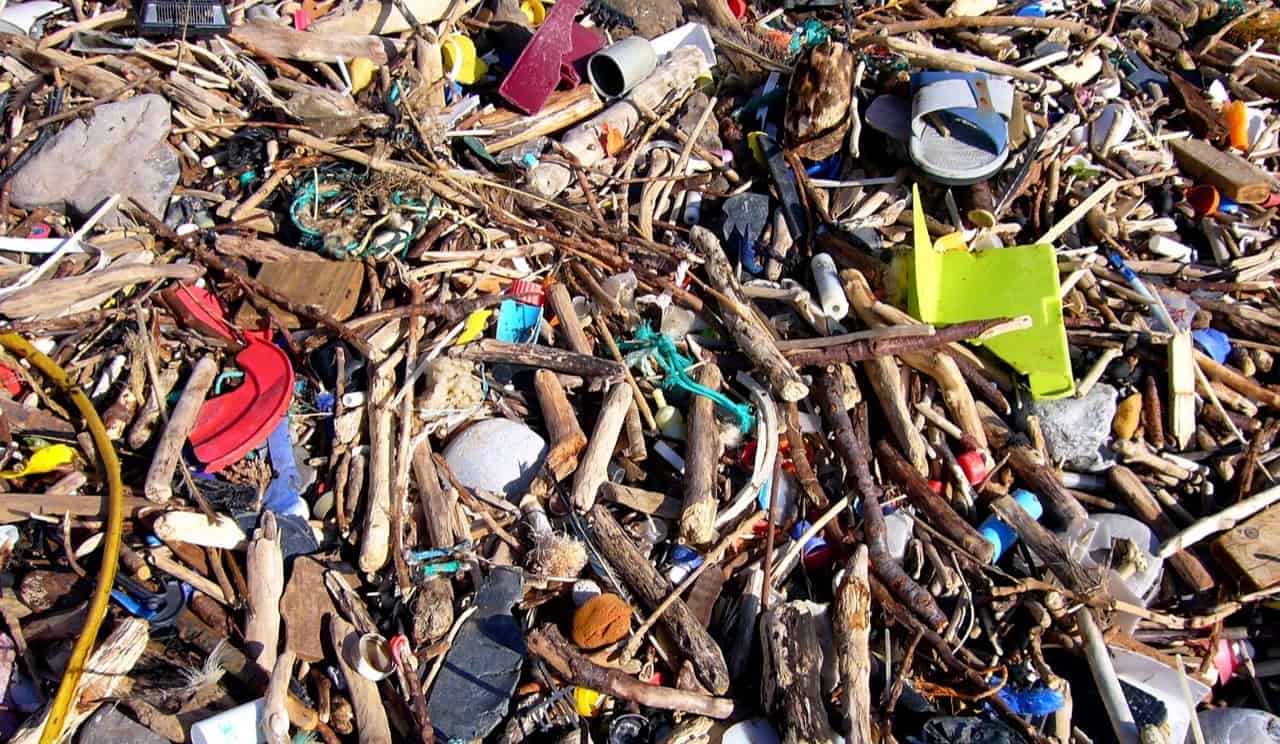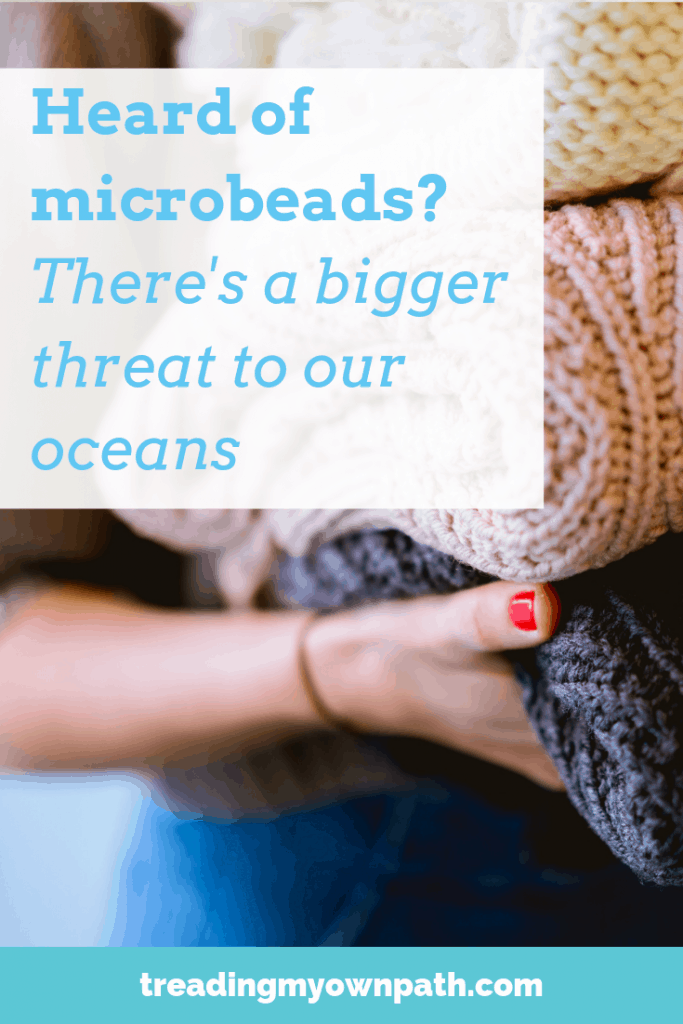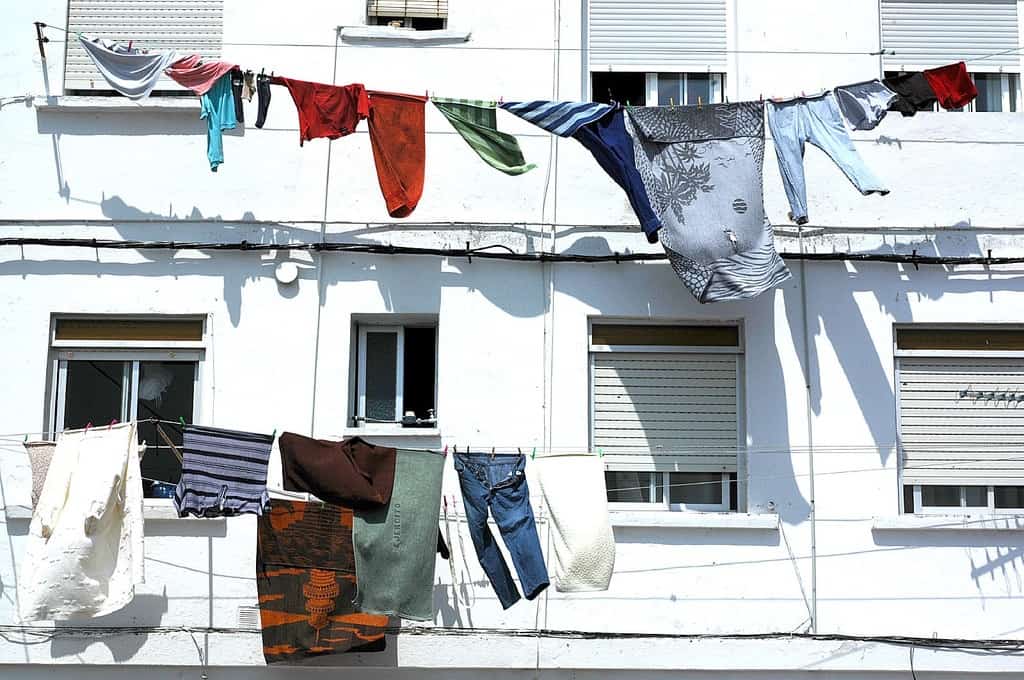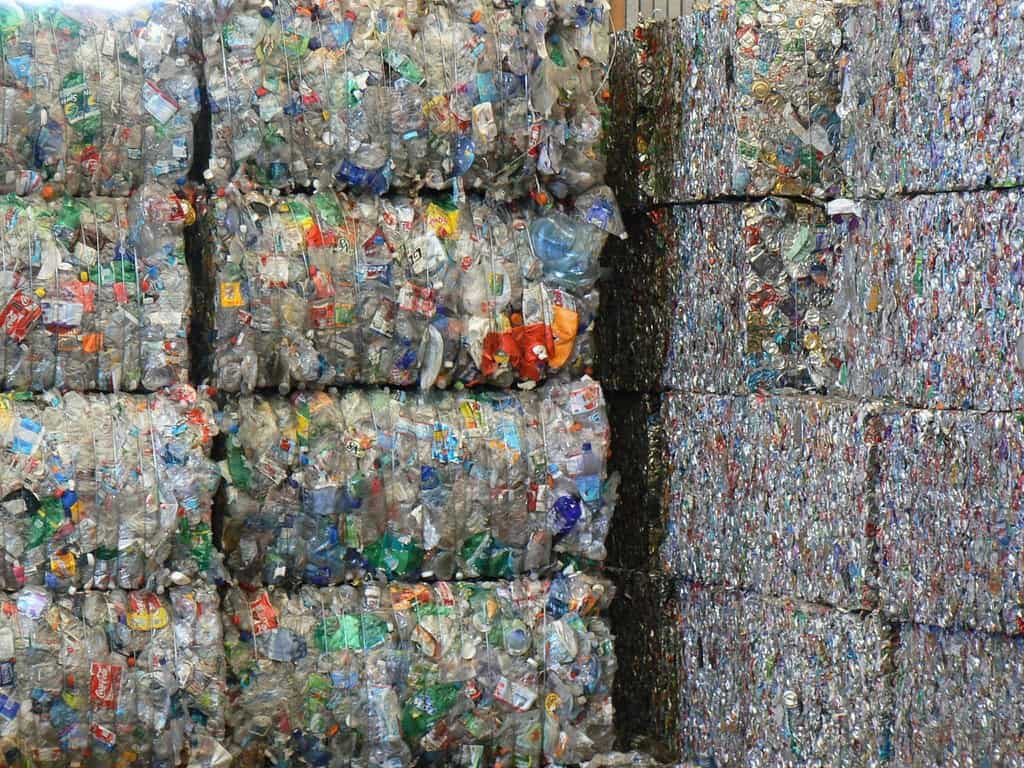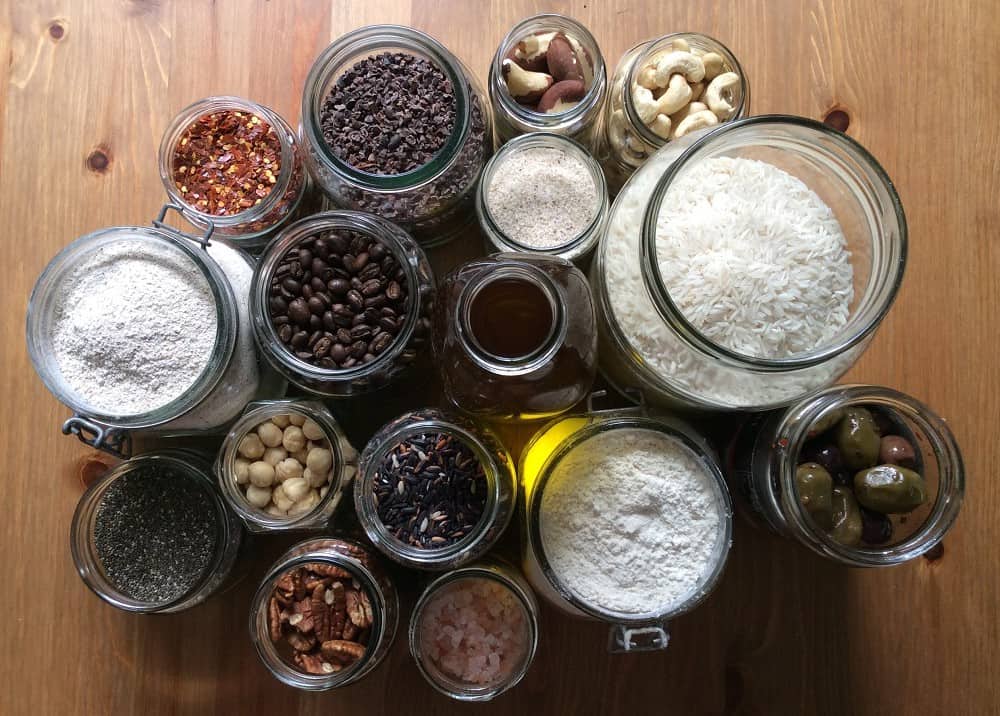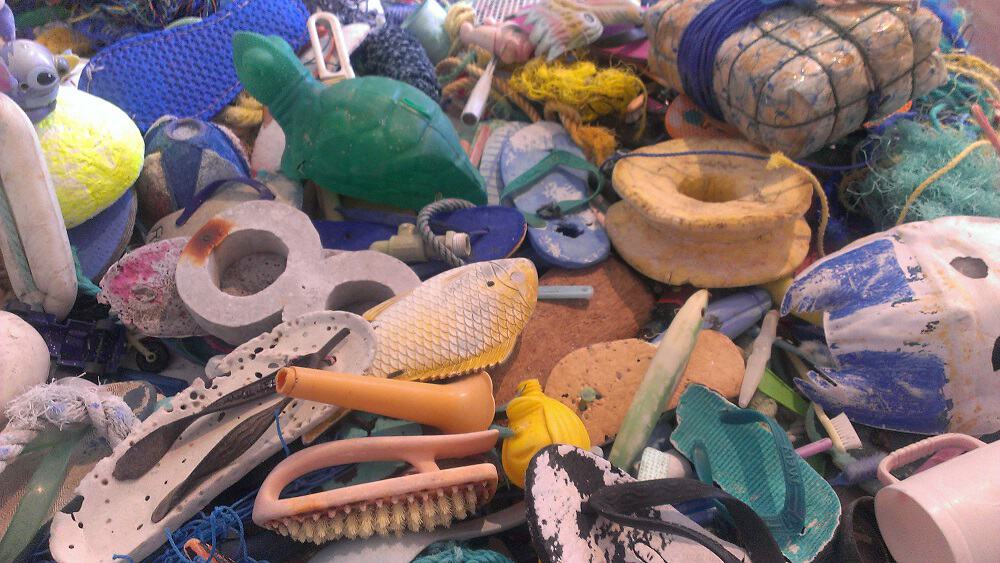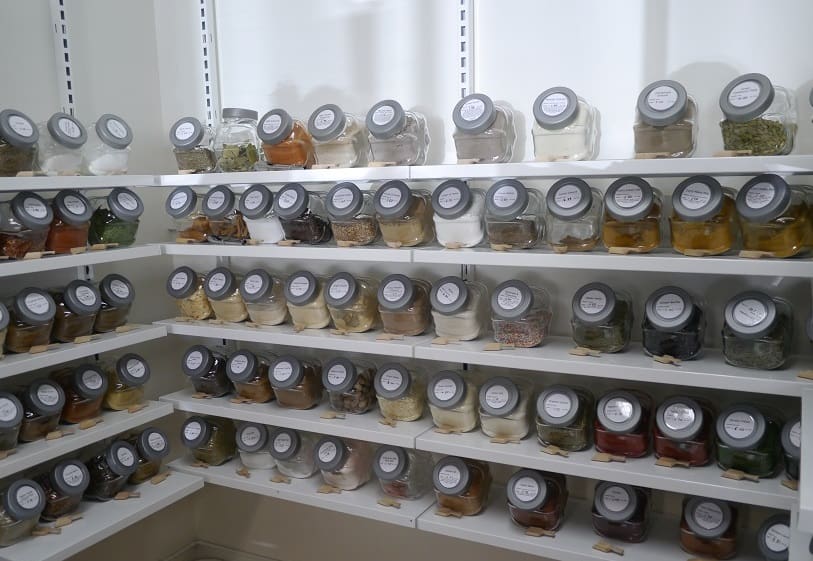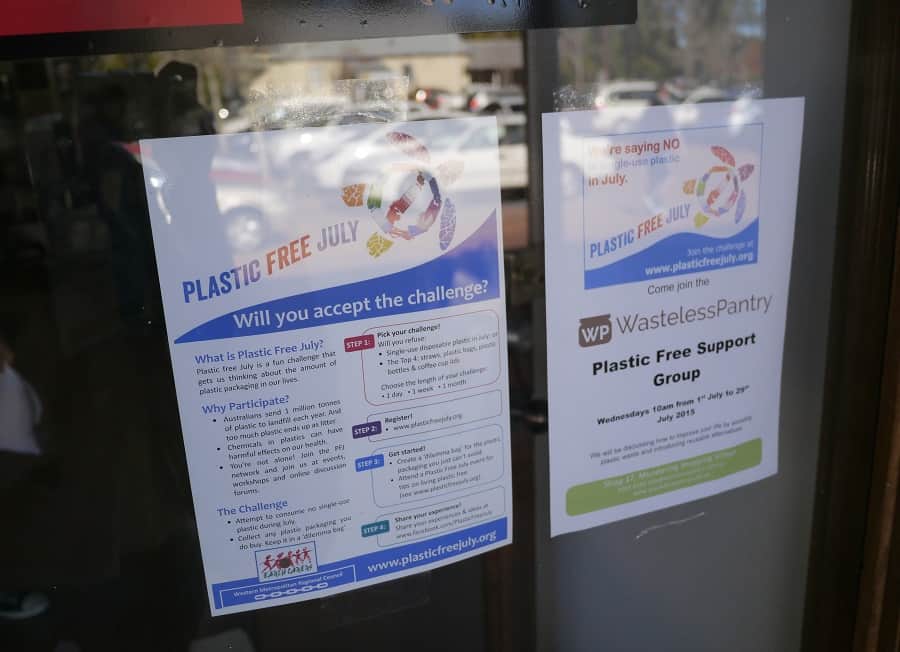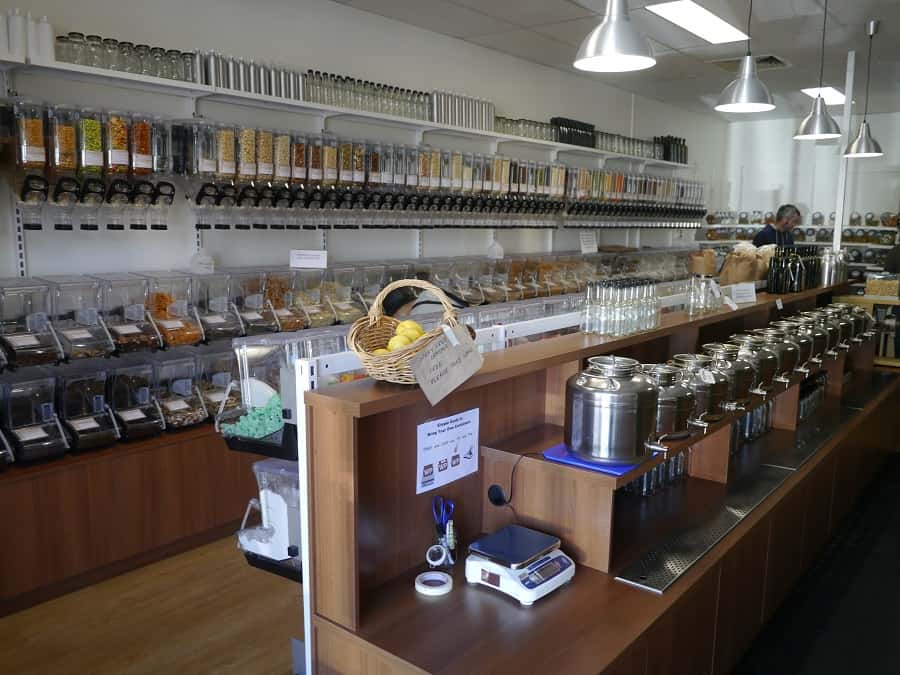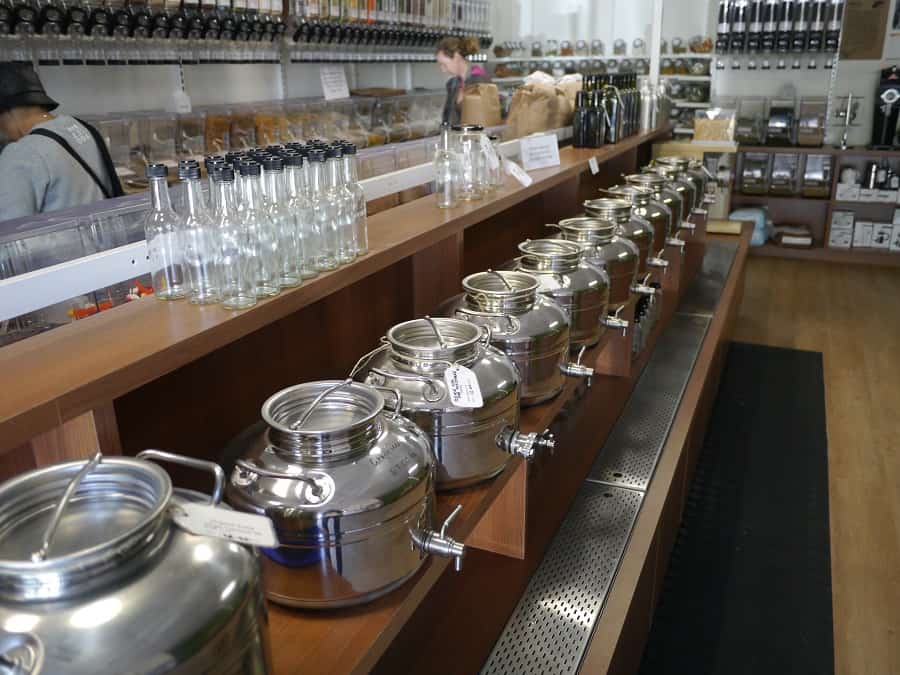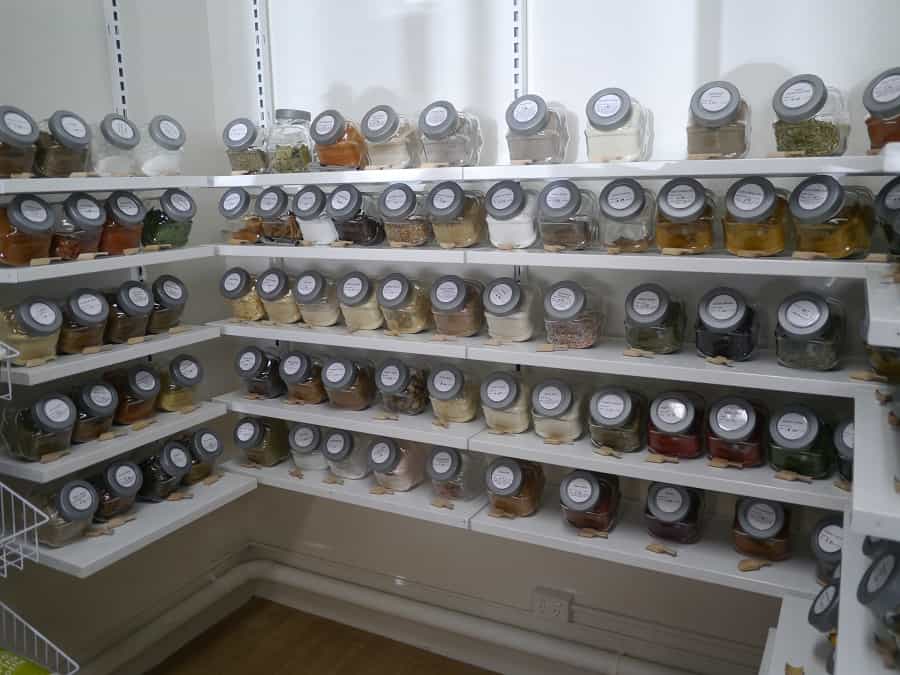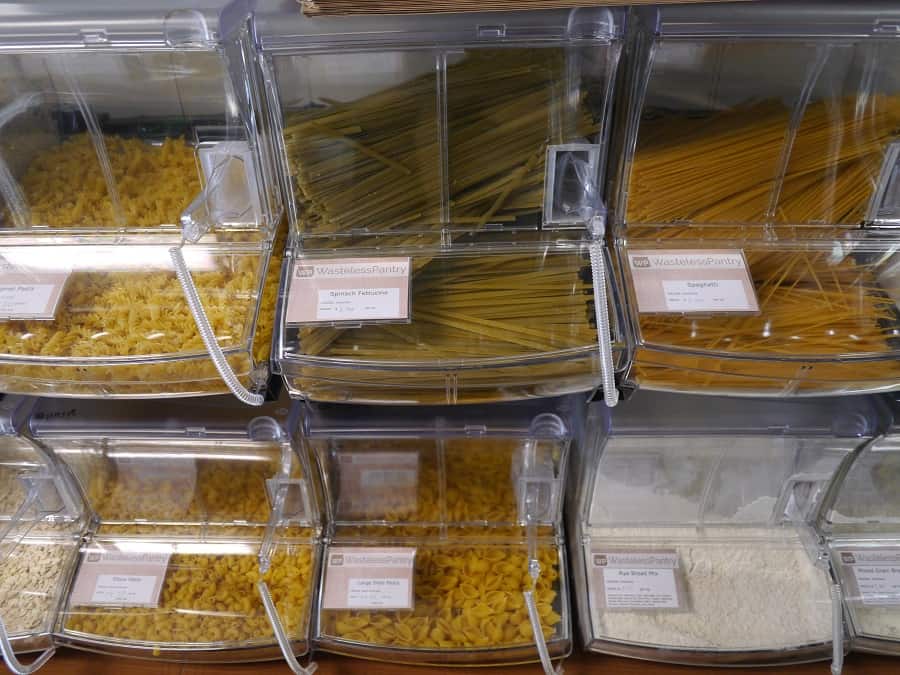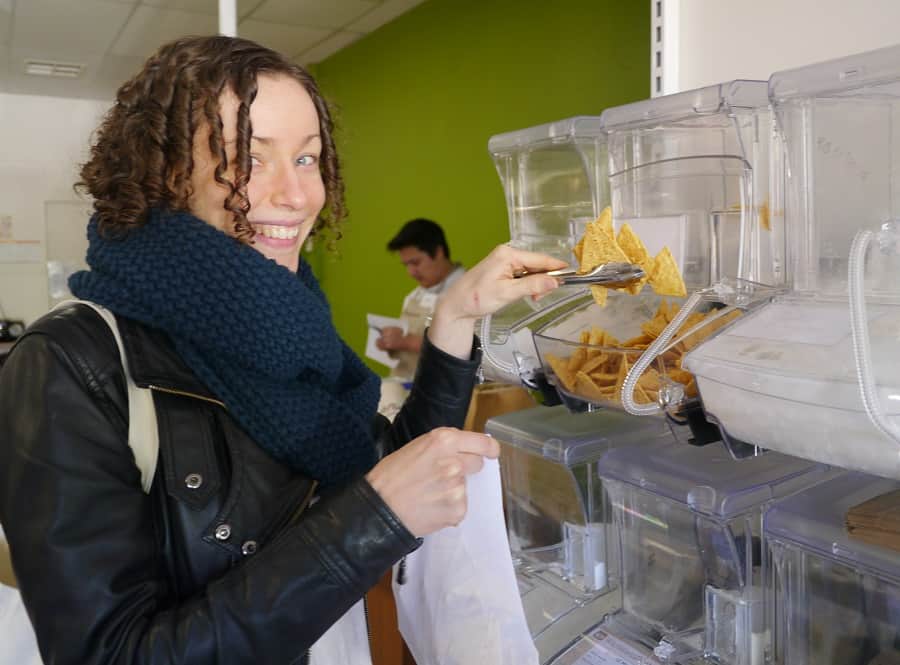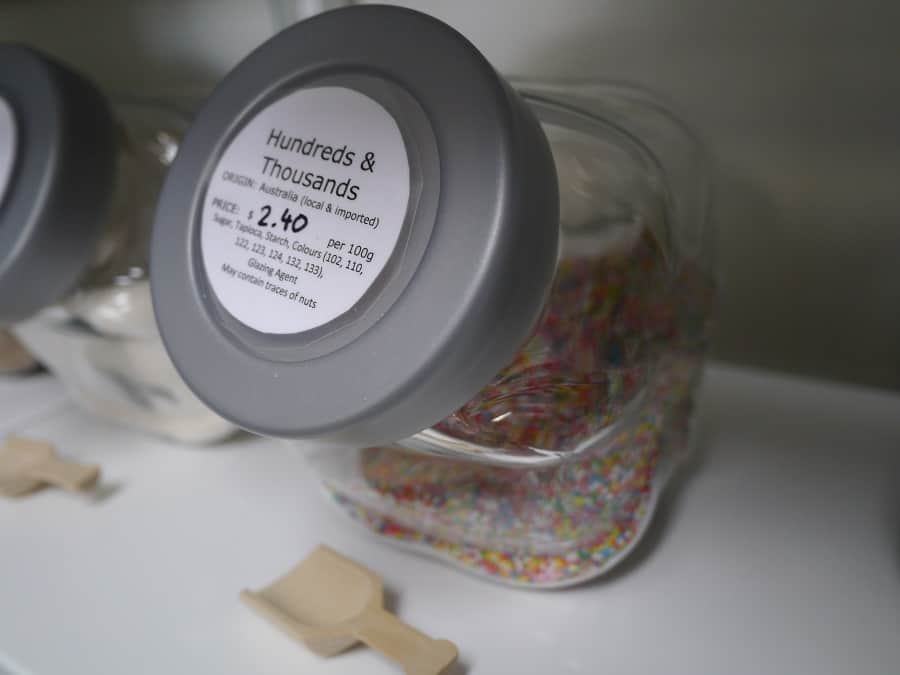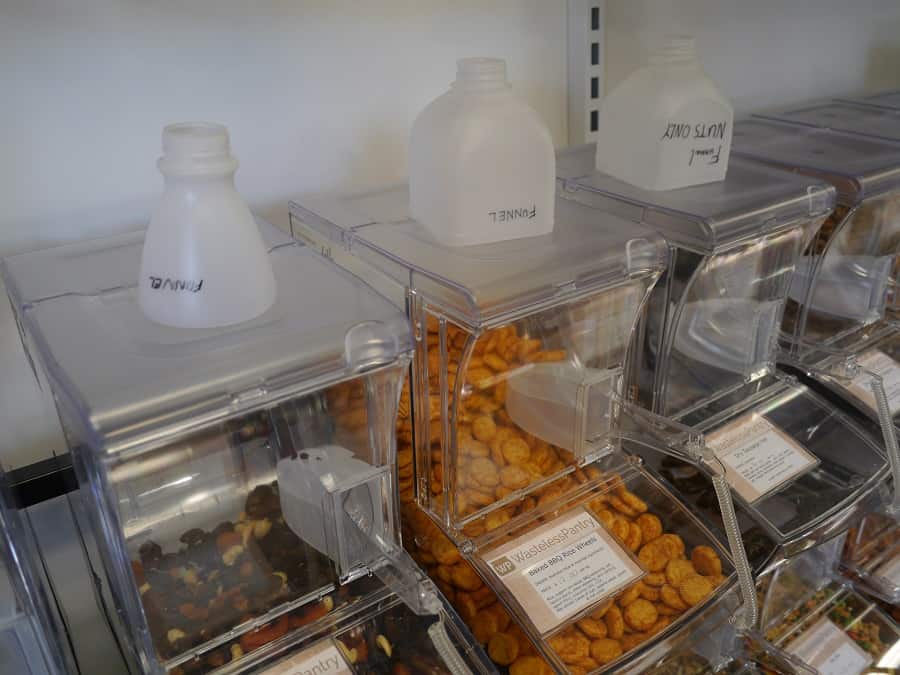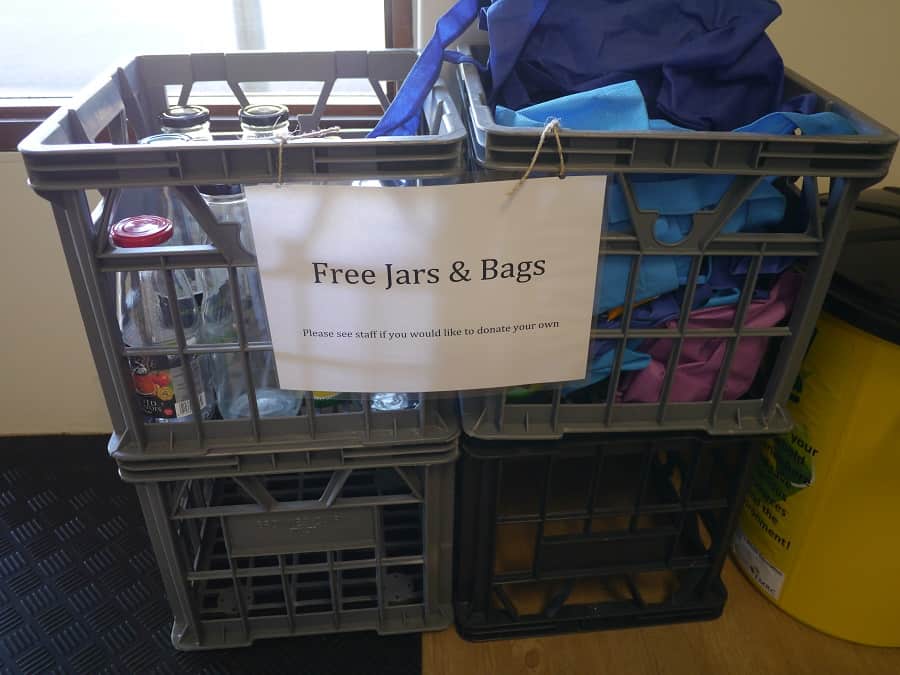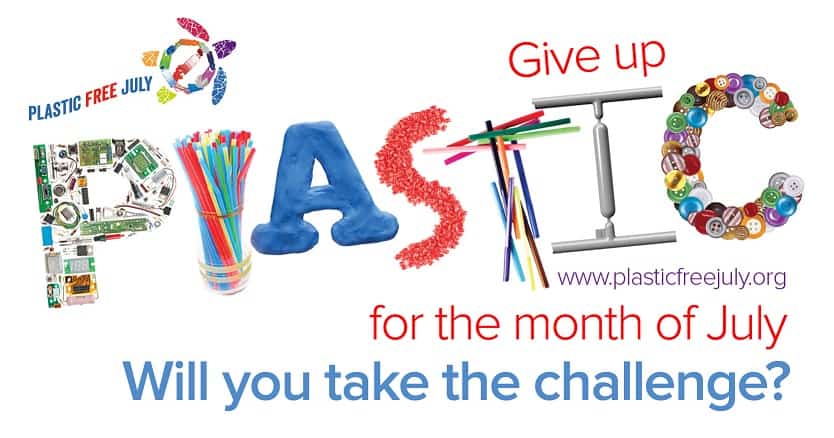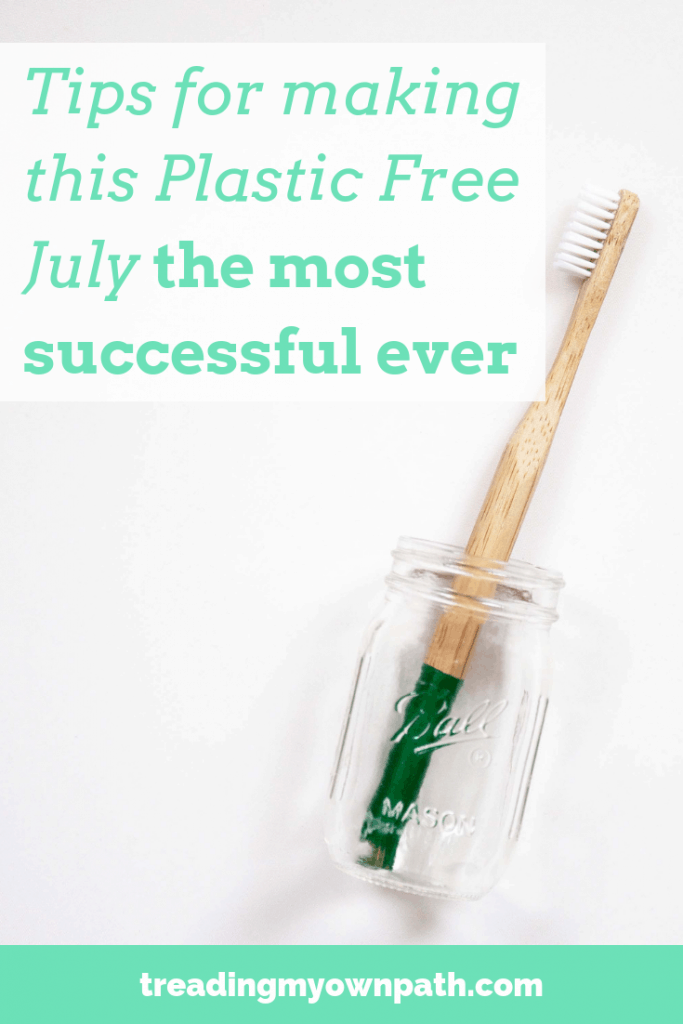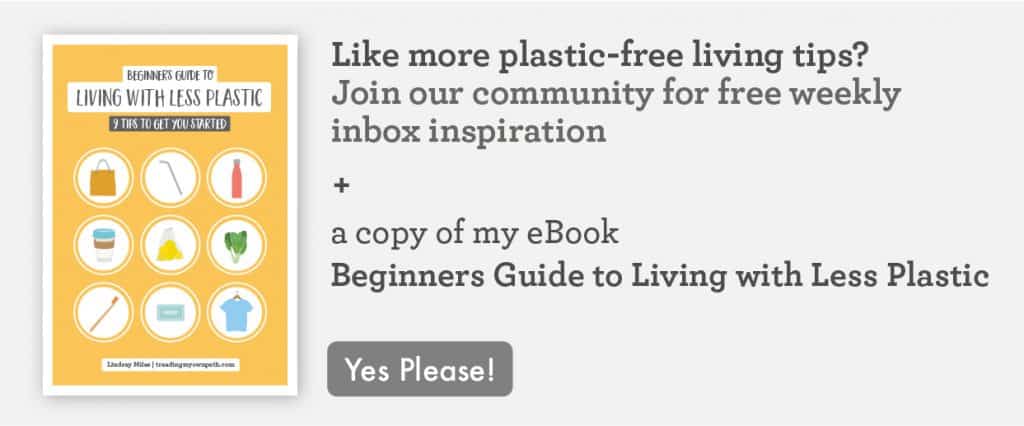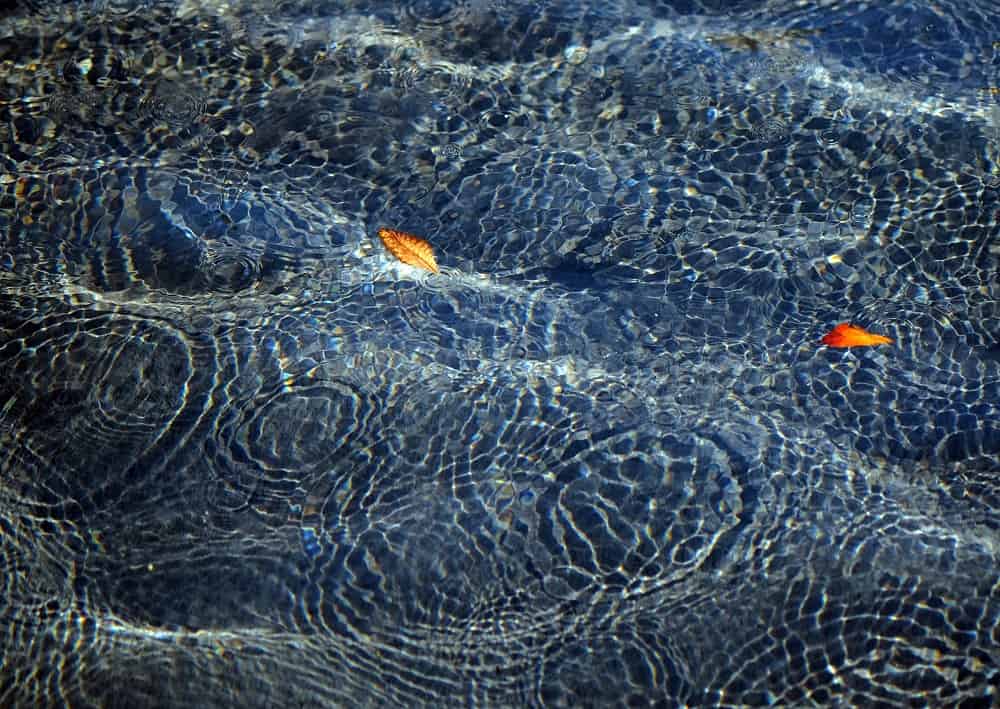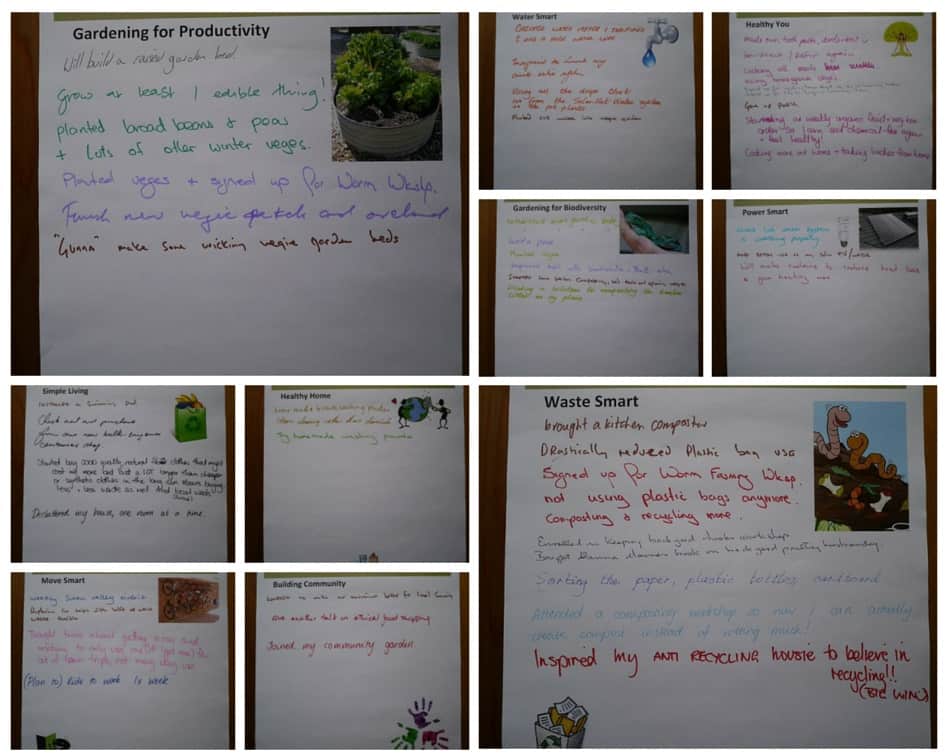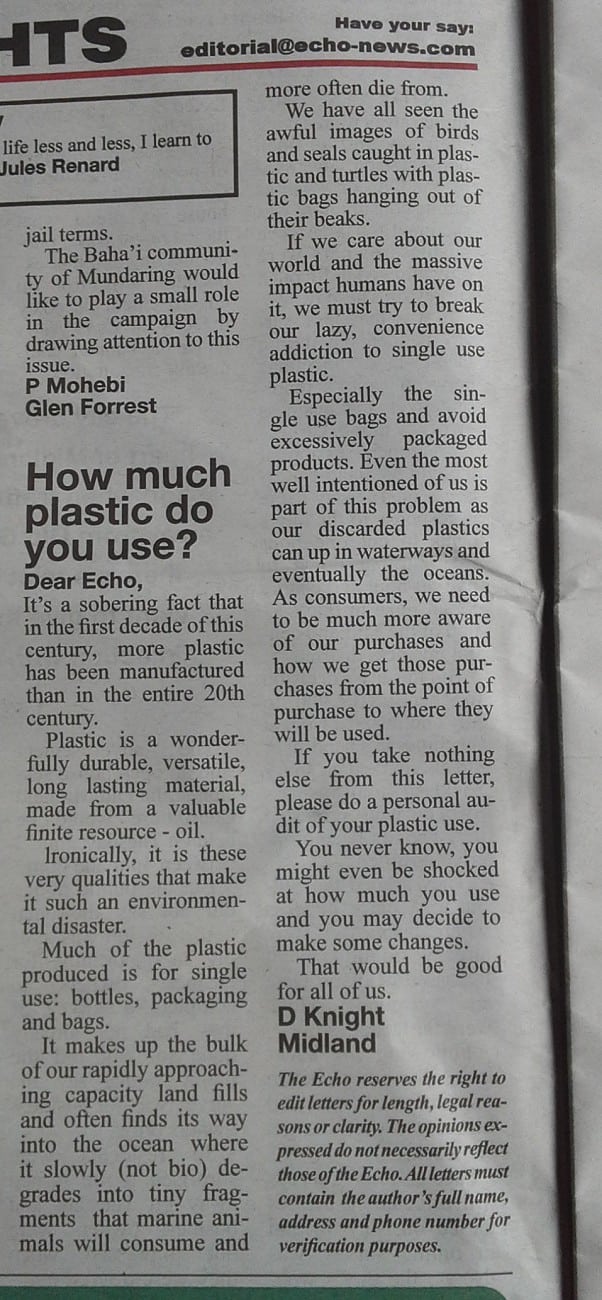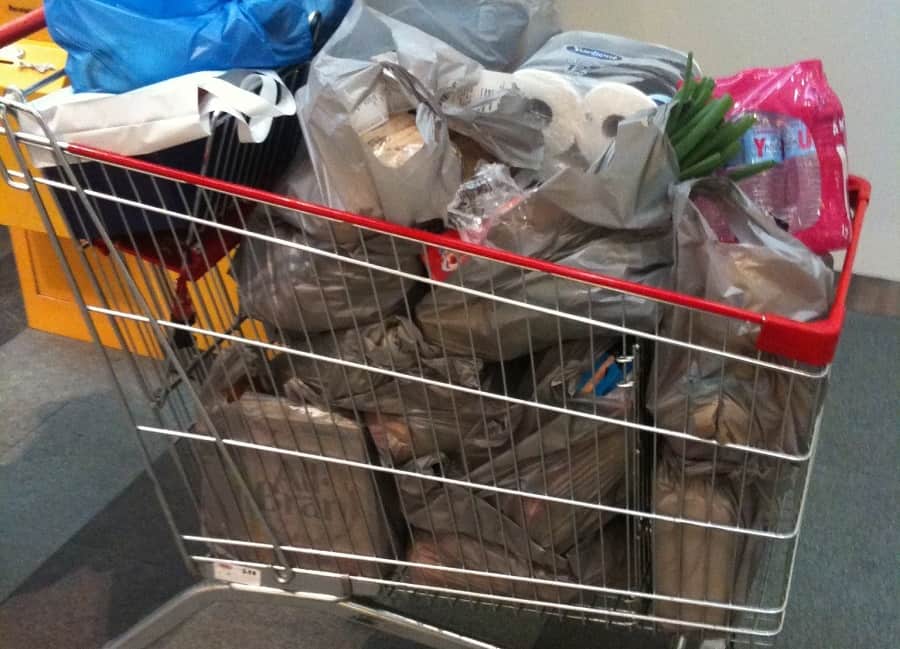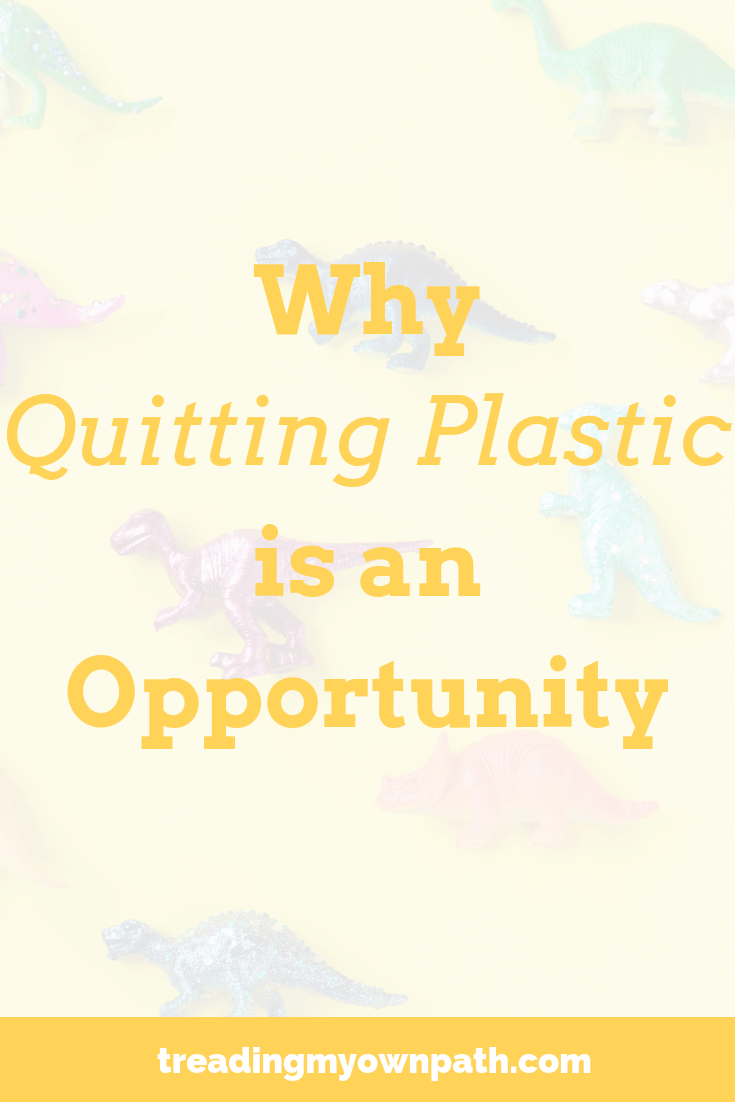Zero Waste Strawberry Recipes (And None of Them Are Jam)
A small miracle happened. I went to the Farmers’ Market…and found plastic-free strawberries! Oh the excitement! The elation! I haven’t bought strawberries in 4 years because I won’t buy them in plastic packaging, and let’s face it, that’s sad, because seasonal freshly picked strawberries are delicious. There was just one catch. They came in the hugest box you’d ever seen. Sold as “jamming strawberries”, there must have been the equivalent of 20 punnets there. I kid you not.
Of course, at the time it seemed like a great idea. I marched home with a massive box of jamming strawberries (which means all those berries that are misshapen, blemished, slightly too ripe, and a couple that were starting to sprout furry bits). It was only then that I realised the enormity of the task ahead: washing, chopping, planning and eating these 20 punnets of strawberries before they expire! As we all know, fresh strawberries do not last long!
Luckily for me I like a challenge, especially one that involves food. After spending a weekend with these strawberries, I have some great ideas for how to use up a glut of strawberries…without making jam.
First Things First: Freezing Strawberries Successfully
Strawberries actually freeze very well. I wouldn’t trust them not to be mushy when defrosted, but they are perfect for adding to smoothies or using in baking. The trick is not to chuck them all together in a bowl, or you’ll be left with a giant frozen mass that can’t be separated. Instead, after washing, chop into quarters and lay out on a baking sheet lined with a tea towel. Pop into the freezer for a few hours. Remove when frozen, pop into a container with a lid (I use a glass Pyrex container but a glass jar would work too) and keep in the freezer until needed.
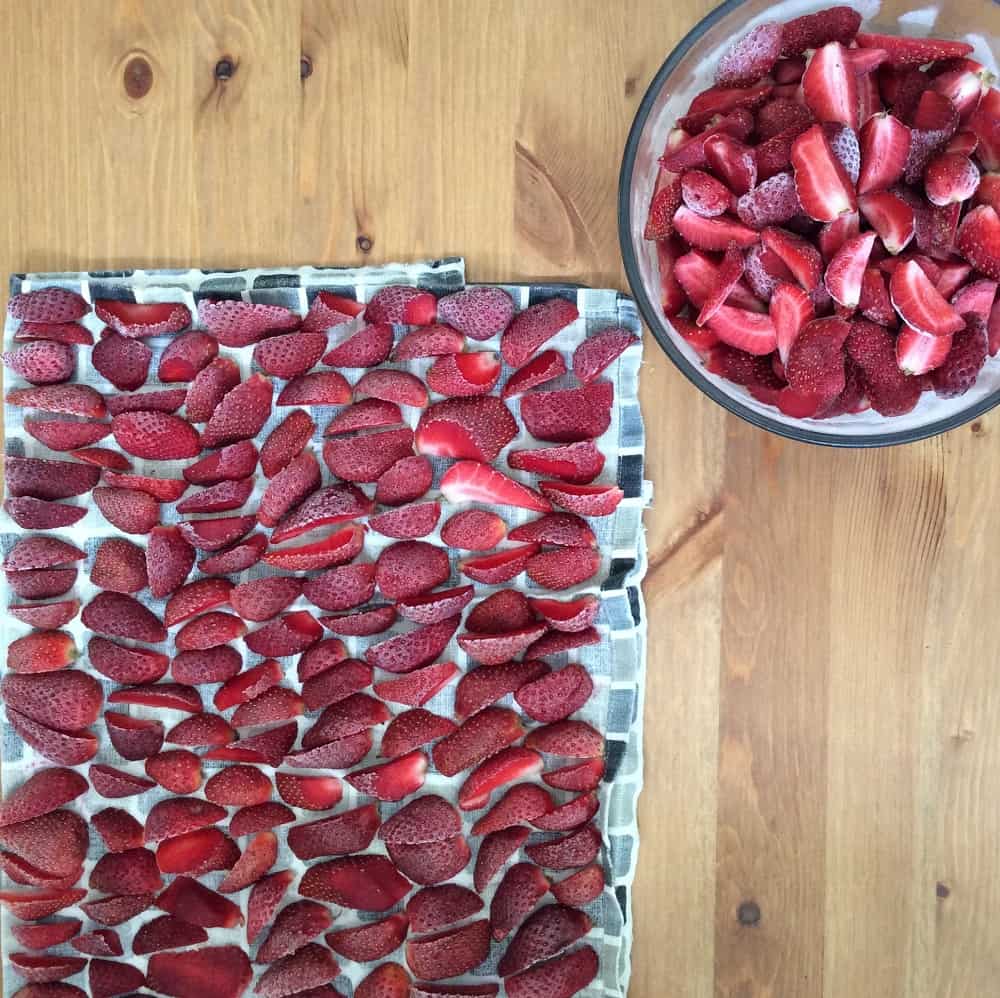
How to prepare and freeze strawberries
Strawberry Sorbet (Contains raw egg)
Ingredients:
400g strawberries, chopped and frozen
200g ice
juice of 1/2 lemon
1 egg white
50g icing (superfine) sugar
Method:
You will need a high-powered blender or food processor for best results.
Blend ice, frozen strawberries lemon juice and icing sugar together until smooth. The smoother it is, the less ice crystals will remain – however the longer you blend, the more it will heat up (and melt). If your blender is struggling, pop the jug into the freezer to cool and resume once refrozen.
For best results, use a whisk attachment for this. Add egg white and whisk for 2-3 minutes until fluffy. Eat straightaway. You can freeze leftovers in a glass container however remember that this sorbet contains raw egg, so it’s best not to defrost and refreeze.
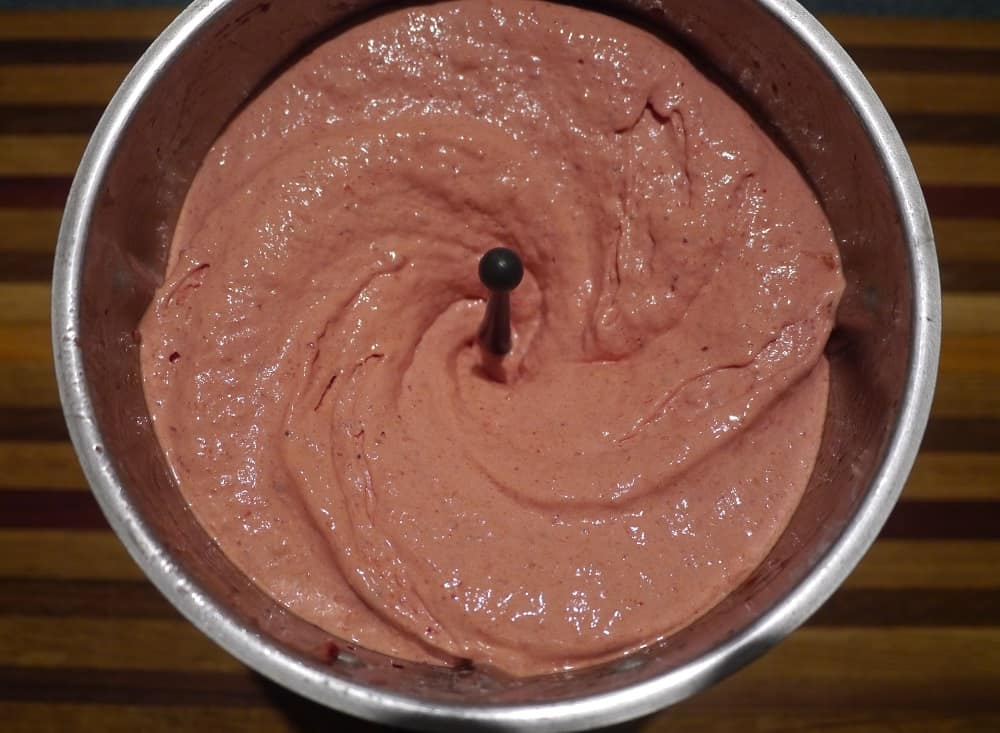
All light and fluffy!
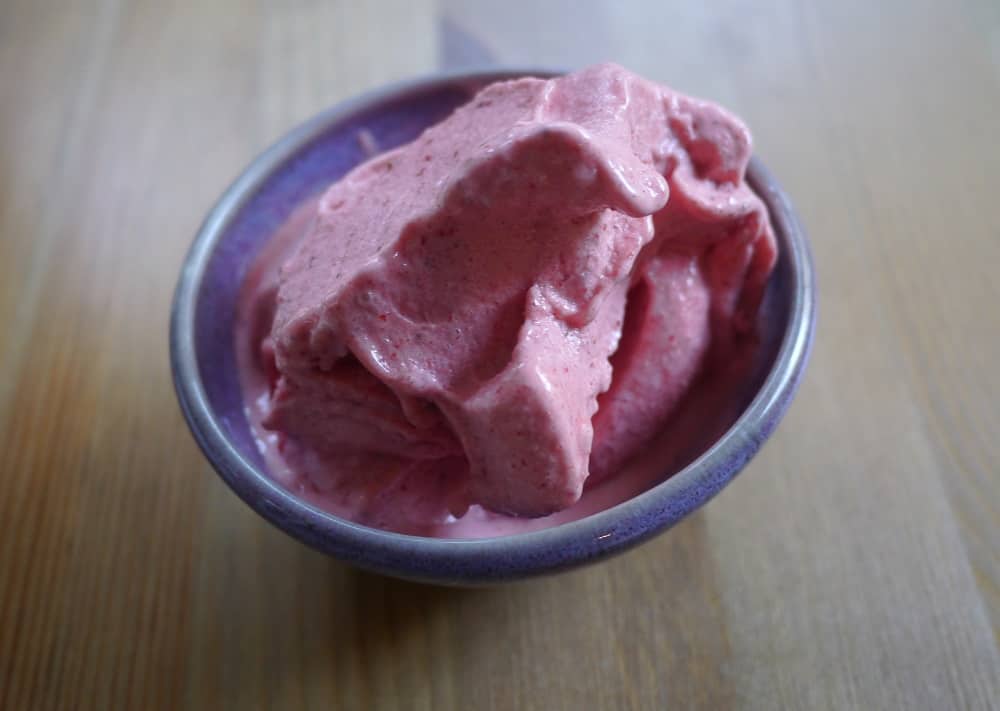
Dairy-free strawberry sorbet (contains raw egg)
Strawberry Sorbet (Vegan)
Ingredients:
400g strawberries, chopped and frozen
200g ice
1 cup aquafaba (liquid left over after cooking chickpeas)
50g icing (fine) sugar
Method:
You will need a high-powered blender or food processor for best results. Blend the frozen strawberries and ice until grainy, and add the sugar. Blend to combine. In a separate container whisk the aquafaba for several minutes until soft peaks form. Using a whisk attachment with your blender, add the aquafaba slowly to the mix and beat for 2 minutes until fluffy.
Eat straightaway, and store leftovers in a glass container in the freezer.
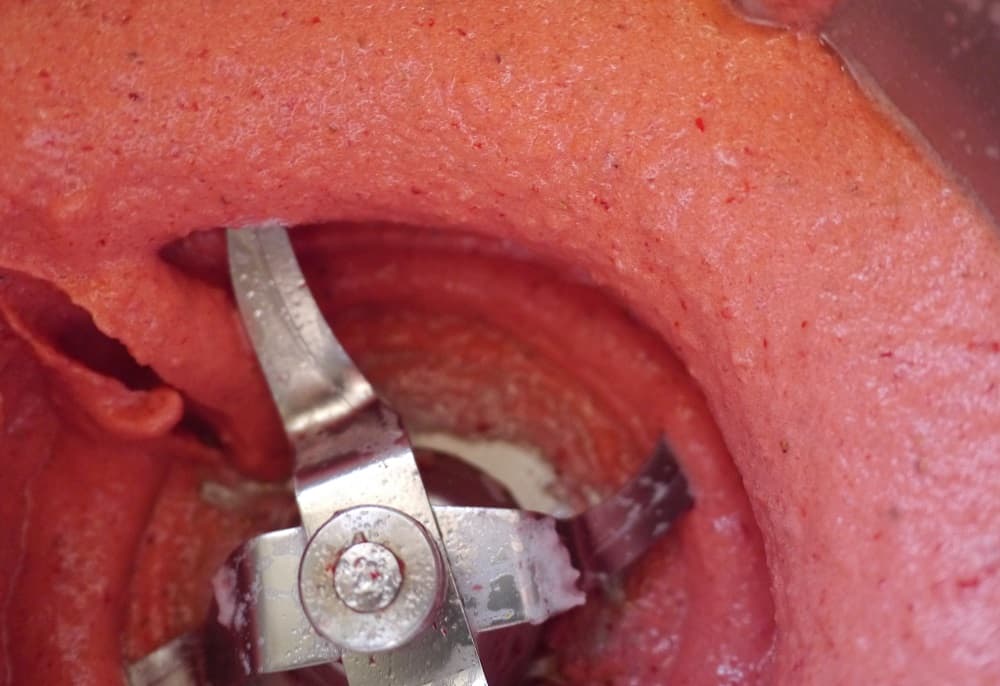
Aquafaba (water drained from cooked chickpeas) can make sorbet fluffy too!
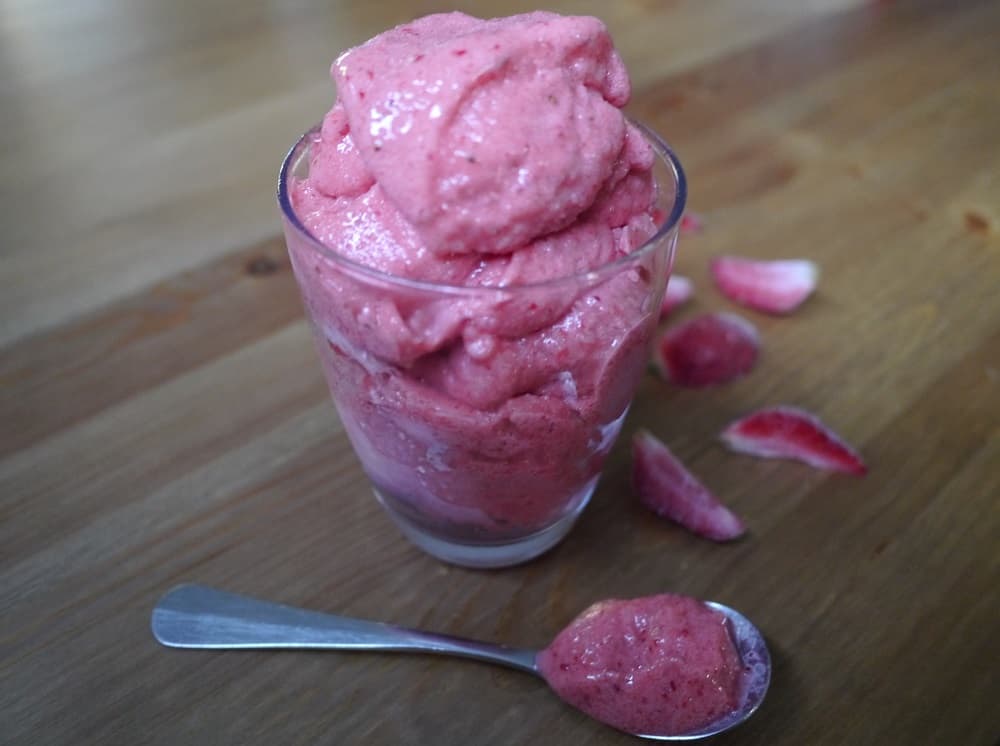
Dairy-free vegan sorbet.
Strawberries on Toast
This was conjured up out of desperation, but actually, it was such a hit that I feel it could become a summer regular. It’s not just me that thinks so either; it’s been one of my most popular pictures on Instagram!
Method:
Quarter equal numbers of strawberries and cherry or baby plum (grape) tomatoes. Mash some avocado onto sourdough or other good quality bread or toast, squeeze some lemon juice on the avocado and add chopped fresh herbs if you have them(coriander or parsley would both work well). Top with strawberries and tomatoes and a dash of balsamic vinegar.
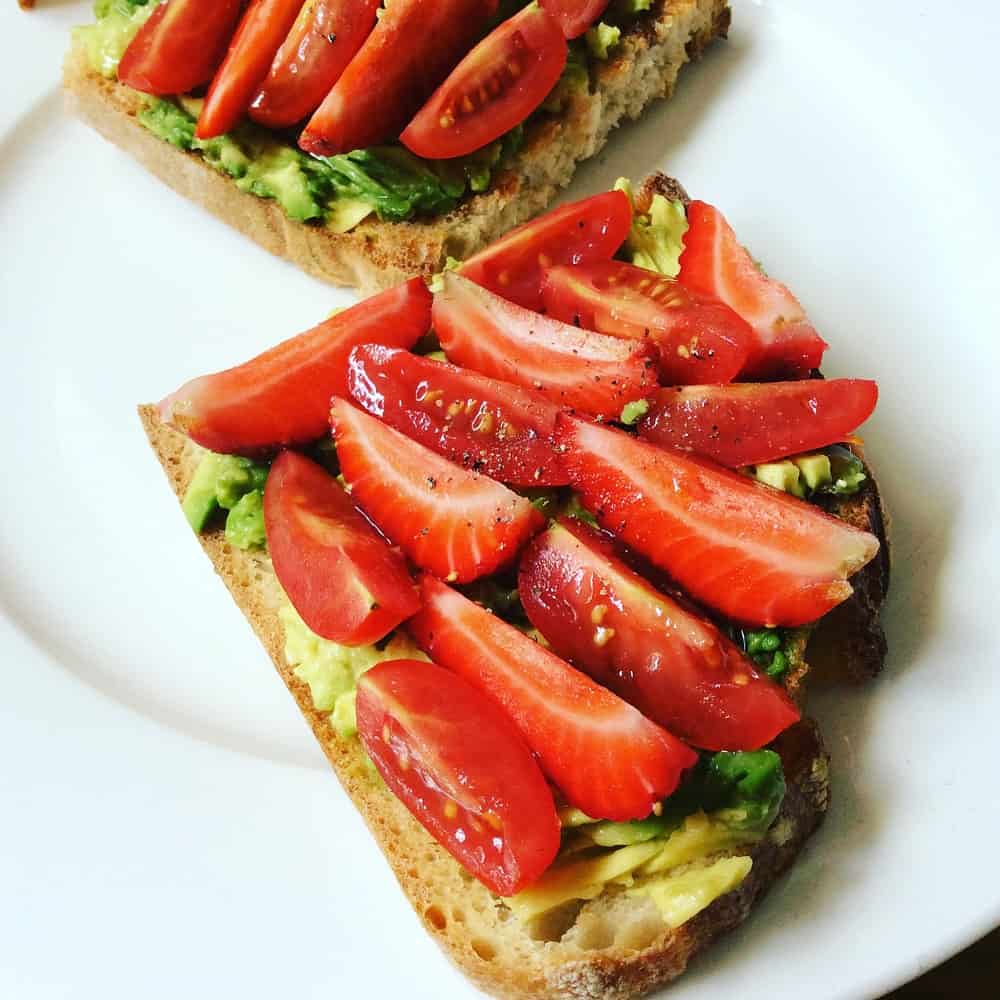
Strawberries on toast. Trust me, it works!
Strawberry Smoothie
I don’t think smoothies should be dictated, they are more about using what you have on hand. I find almond milk a great base for smoothies, and it’s really simple to make your own.
For the almond milk: soak 1 cup raw almonds overnight. Rinse and blend with 4 cups water in a high powered blender for 2 minutes. Strain using cheesecloth (you can freeze the pulp).
For the smoothie: Blend 1 cup almond milk, 1 cup strawberries, a handful of hemp seeds and a handful of blueberries together until smooth. Add sweetener to taste.
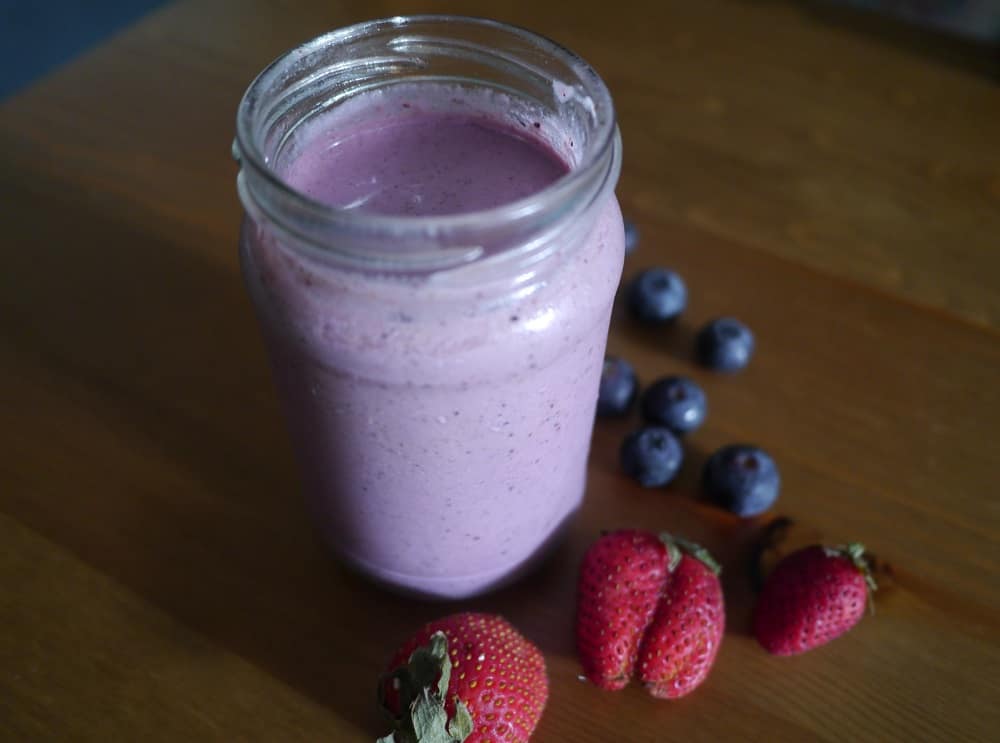
Strawberry smoothie. In a jam jar. Just because.
Strawberry Oat Bake
Ingredients:
165g strawberries
35g coconut oil
25g cacao butter (if you don’t have this, substitute for more coconut oil)
2 tbsp macadamia or other vegetable oil
75g honey or other sugar
220g oats
55g almonds
Zest of 1 lemon
1/2 teaspoon vanilla extract
Method:
Blend the strawberries with the vanilla essence until smooth and set aside. Melt the coconut oil and cacao butter in a pan, add the sugar and mix until combined. Stir in oats, ground almonds and lemon zest. Mix until coated.
In a square tin (I used a loaf tin but a square tin would work much better) spread out half the oat mix, and press down with the back of a spoon. Add the strawberry mix and spread over the oats. Top with the final layer of oats. (If you have them, add a handful of chopped nuts into the remaining oats or sprinkle on top. I didn’t do this and wish I had!)
Bake at 200°C for 15 minutes until golden on top. Leave to cool completely, then place in the fridge. Cut into squares or slices once cooled (it will be less crumbly this way).

Half the oat mix spread into a tin, then the strawberry mix spread on top.
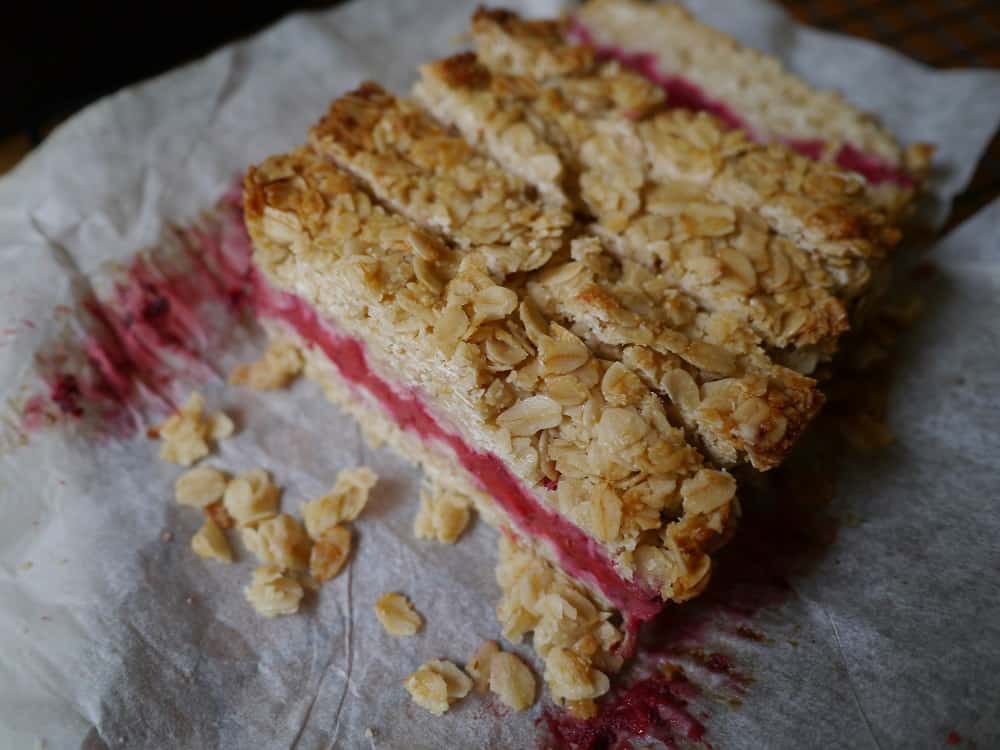
Strawberry oat bake.
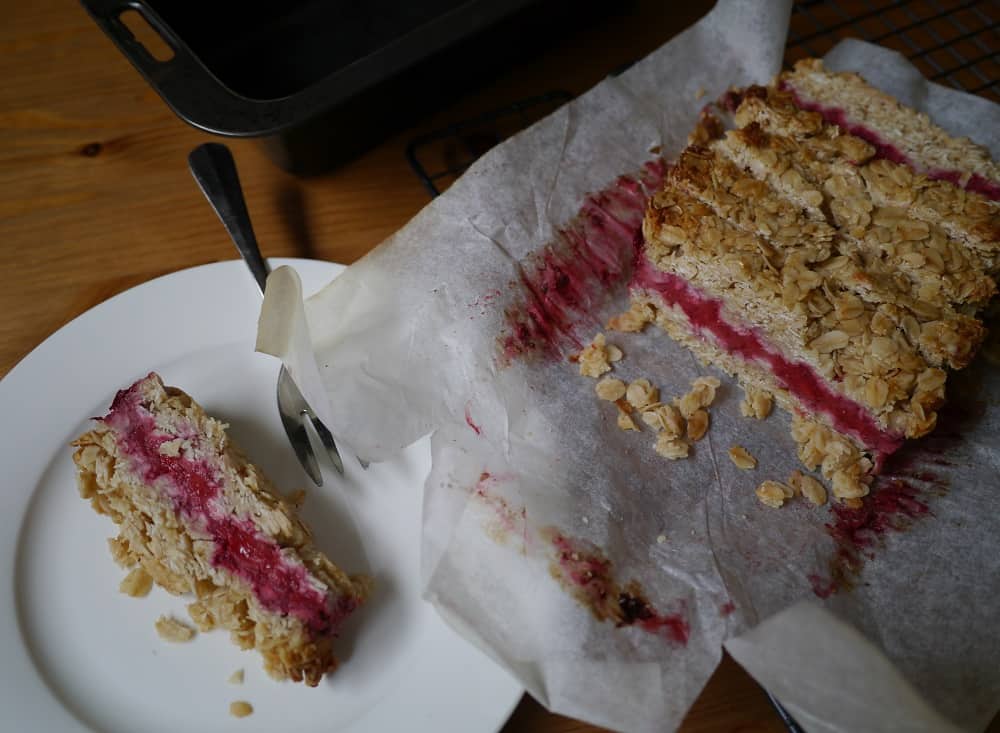
Strawberry oat bake.
Chia Strawberry Jam
I know, I know. I told you I wouldn’t include jam recipes. But this isn’t jam in the traditional sense. By traditional sense I mean adding 400kg refined white sugar to your strawberries, boiling for half a day and then storing in the pantry for all of eternity. This is fresh, it won’t keep more than a couple of days in the fridge, and it’s got all the goodness of fresh fruit. Think of it more as “strawberries that spread”.
Ingredients:
1 cup strawberries, chopped very small
2 tbsp water
2tbsp chia seeds
1 tbsp maple syrup or other liquid sweetener (or more to taste)
Couple of drops of vanilla essence
Method:
This is so ridiculously simple it doesn’t really warrant a “method”. Stir all the ingredients together in a glass jar, put a lid on and leave in the fridge overnight.

Strawberry “jam”, made with chia seeds and fresh strawberries.
I had so much fun with these strawberries that I’m actually relishing the chance to buy another box and experiment some more! The strawberry season isn’t long, and seasonal produce is far more delicious than its imported cousins, so I think it’s worth indulging in the glut whilst it lasts : )





